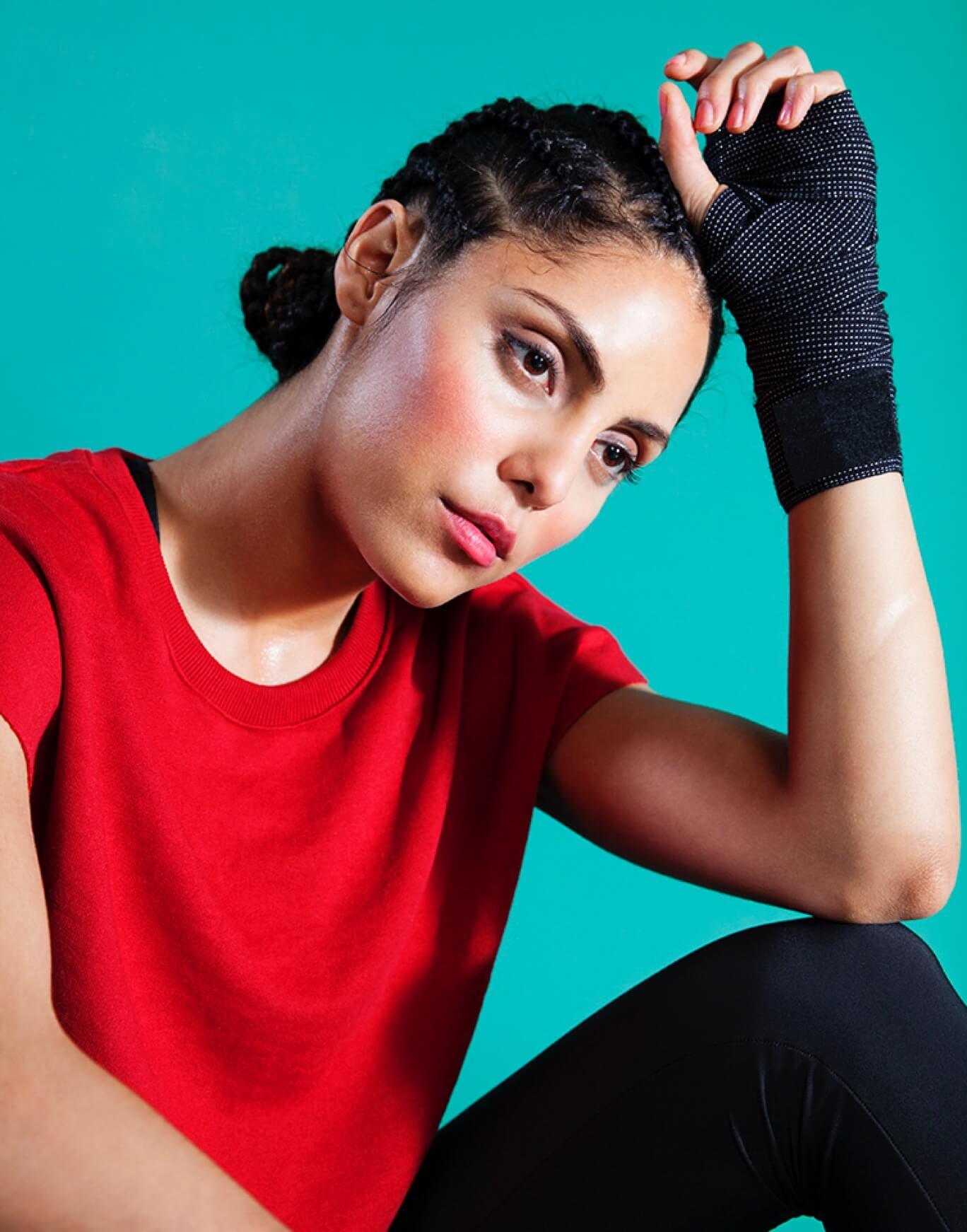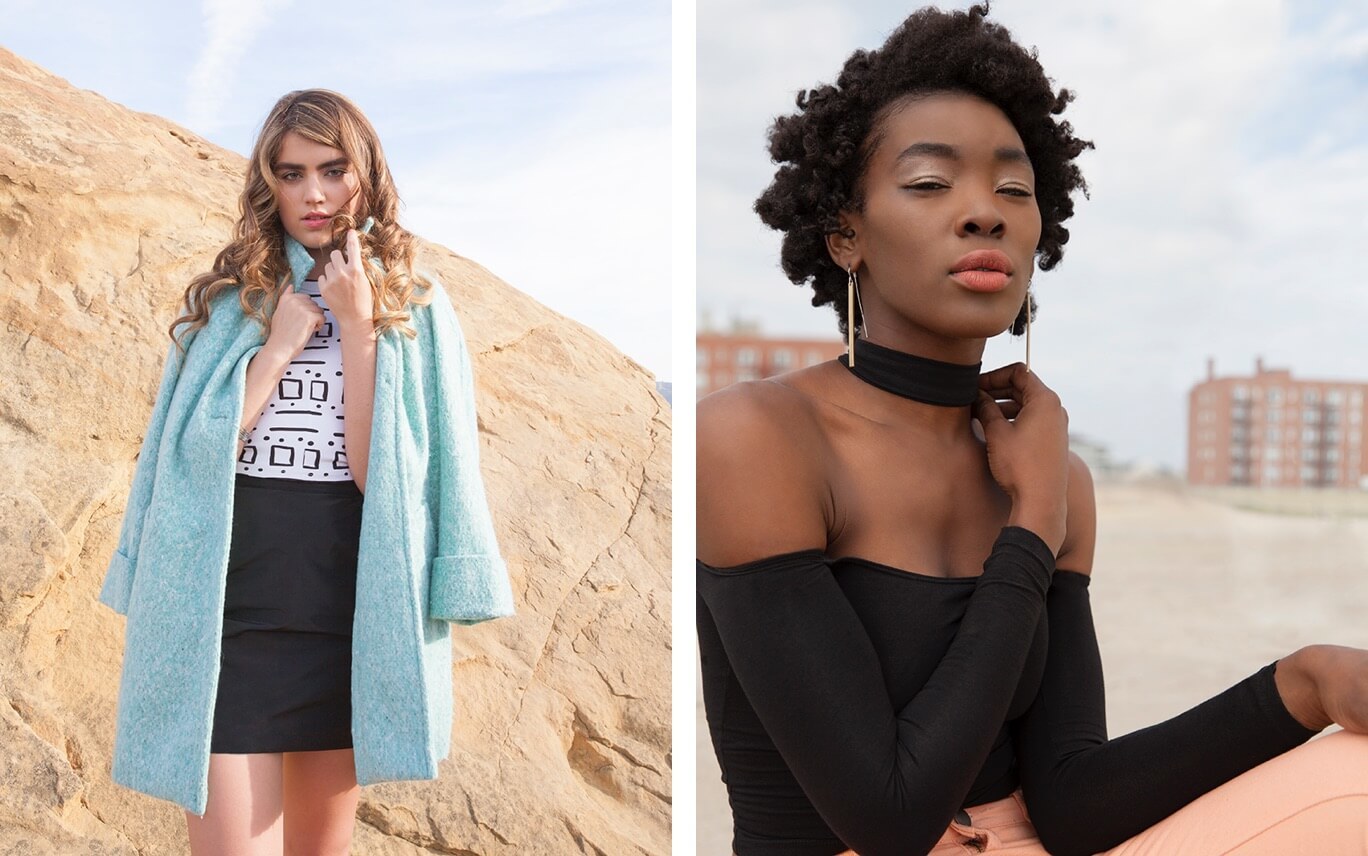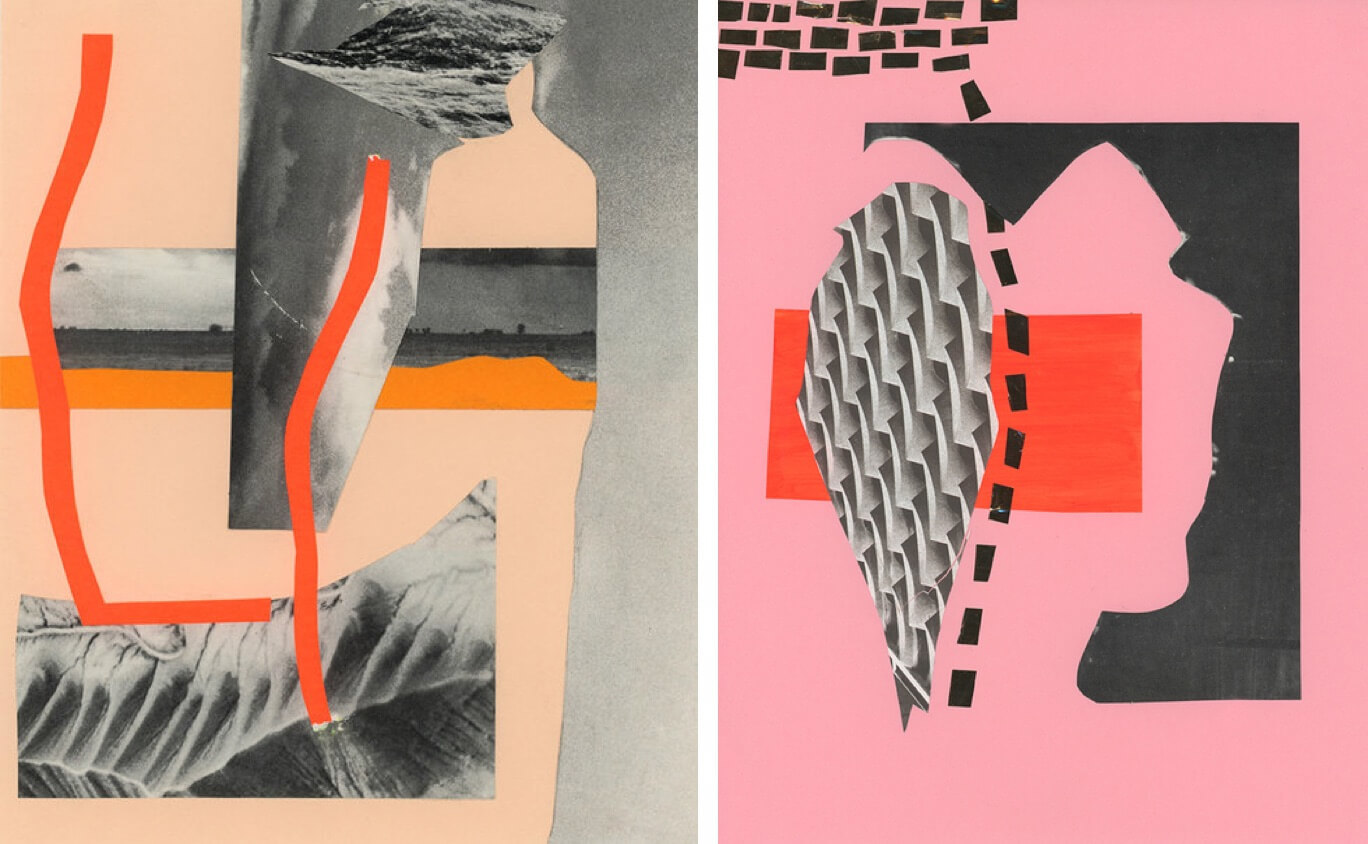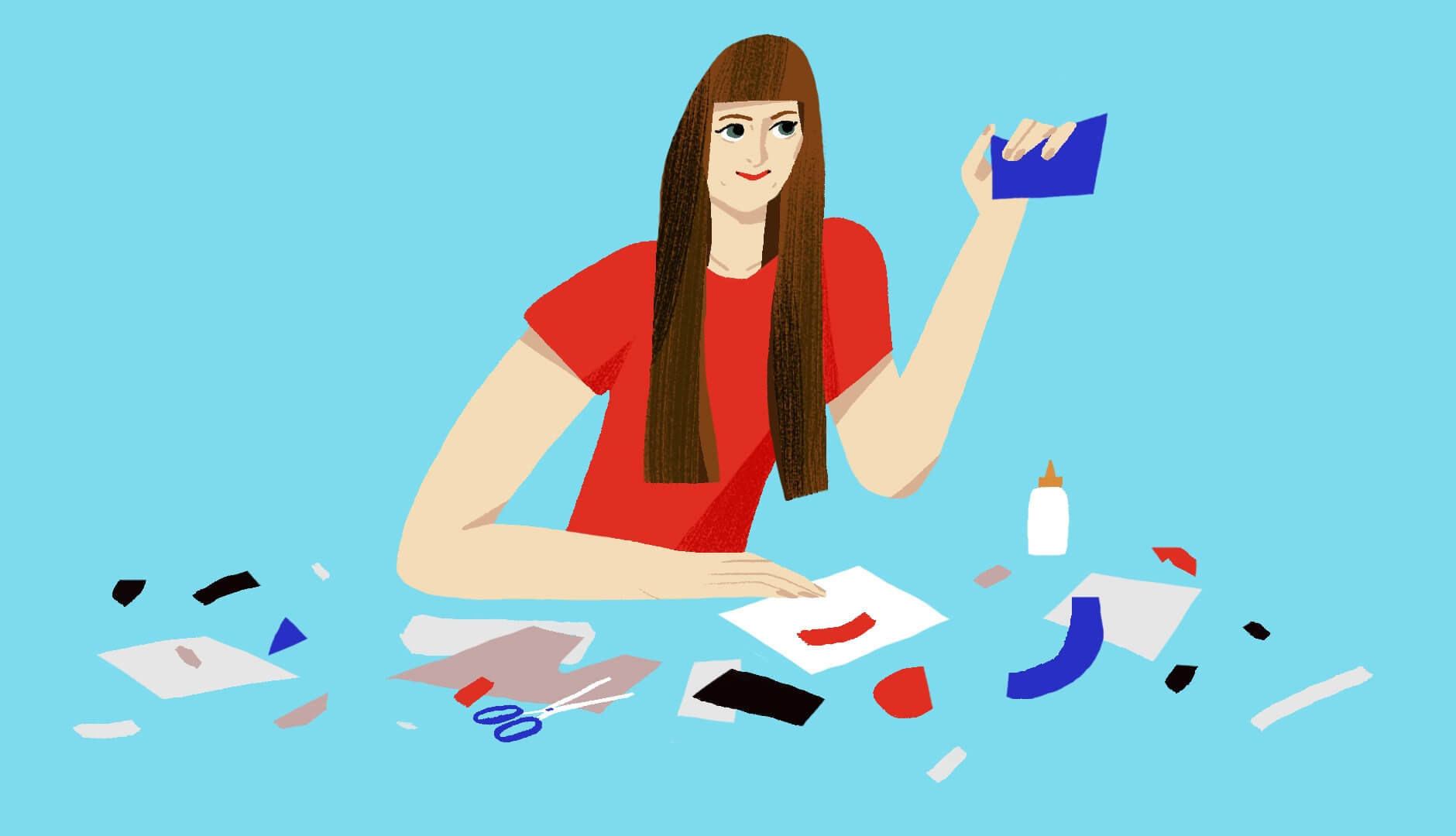Talking Shop with
Julia Parris
Photographer and art director in Brooklyn, New York
-
Interview by Carly Ayres
@carlyayres
-
Illustration by Ping Zhu
@pingszoo
Talking Shop is an interview series where we talk to freelancers about freelancing. In this interview, we talk to Julia Parris, a photographer and art director in Brooklyn, New York.
Who are you and what do you do?
I’m Julia Parris, a photographer and art director in Brooklyn, New York.
How did you get your start?
I loved art since I was little. Growing up, I took a slew of art classes—painting, drawing, photography, you name it. My first camera was a hot pink Vivitar Point N' Shoot 110 Camera. I got it when I was 11 or 12 and it changed my world. I loved that camera and took it everywhere with me. After high school, I went to art school where I majored in photography and printmaking.

What made you decide to pursue photography after college?
I took my first darkroom class in high school and quickly fell in love with it. I liked the idea that I could make art anywhere in the world using a camera instead of sitting in a studio confined to other traditional tools. I traveled internationally as a teenager and brought my camera and sketchbook everywhere. Once it was time to choose a discipline in art school, I chose photography—half for its creative flexibility, and half for its financial viability. My plan was to continue to draw and paint on the side, which I continue to do.
Do you remember your first job out of college?
I started freelancing immediately after I graduated, photographing everything from weddings to portraits. In between gigs, I was working shifts as a cashier to supplement my income. That hustle was pretty common for me.
“I was always doing something to make money, so that I could pursue the dream. I had to figure out how to make it work at any cost.”
Fast forwarding to today, what does your practice look like now?
Wedding photography is fantastic, but wasn’t my dream. My practice now focuses on a combination of art direction and photography. I usually have a few personal projects going on at the same time as client work; I find that I work best when I can jump between the two.

Right now, I’m very excited about an athletic shoot that I am both art directing and shooting. Creative freedom varies when it comes to client work. Sometimes I’m brought in to execute a shoot under someone else’s direction and other times, like this project, I have an opportunity to creatively shape the work, too.
What does that process look like for you?
For this project, it means I create the mood, color palette, and direction of the shoot collaborating with a team to bring it to life. I create a lot of decks, pull swipe, and storyboard.

Some questions that need answered prior to any shoot are similar to other creative briefs: What is the shoot for? How will the images be used? Who is our audience? What story are we telling? How do the shoot elements align with the overall brand strategy? Every element of a shoot needs to be intentional. The smallest detail can make or break the final imagery and affect how it resonates with the viewer.
For example, with this athletic shoot I’m thinking about what types of props are needed to tell the story, what color do we need the pilates ball to be to play off the color of the backdrop and complement the wardrobe? Does the shot list call for weights? What is the hair and makeup direction—natural or a little edgy? Are we braiding hair and, if so, what should it look like? Often the perception of photography is that it’s quick and easy, but that’s never the case.
“Sometimes the images that look simple were the hardest ones to create.”
What are some of your personal projects?
I’ve been making cut-paper collage for a long time—even before my college printmaking days. It's a great way to re-contextualize photography and bring it into a new space. I recently launched a limited edition collage zine called Move Slow. Volume One explores the concept of visualizing sound, and Volume Two (scheduled to release late summer) will focus on dreamscapes.
Do you find that a lot of clients come to you from your personal projects?
Absolutely. My personal projects are a safe space where I can experiment. I can work through limitations and feel complete creative freedom.
“There’s an authenticity and lack of reservation about the work you create for yourself.”
When you put that work out into the world, it always comes back to you.

The ability to push myself and play is really crucial to my practice. It helps me stay flexible, keep refining skills, and have fun. Personal projects are fabulous because there are no deadlines or final deliverables. They can have structure and explore an idea, or focus completely on process, the parameters are up to me.
How did you work to develop your voice as a photographer over the years?
The best advice I received was to just keep making the work. Make work, lot’s of it. Then, at a certain point, step back and evaluate what you’ve made. What are the common threads throughout? What elements do you want to explore more and refine? What is working and what isn’t? Why? Every few years now, I try to take a step back and observe how my perspective has shifted or evolved. What am I saying with my work? What am I bringing to the table? What goals can I set for the next year? That’s a lifelong process.
The development of your voice and your work is a dance. Two steps forward, two steps back. It's a continual conversation between your work and you. I always believe that it's a little existential, but you need to ask your work: What do you want to be? What is appropriate to the brief or project? What ideas are already stewing in my mind that need to be explored? Then try to bring your authentic self to it.
You can visit Julia Parris’s website at juliaparris.com.
